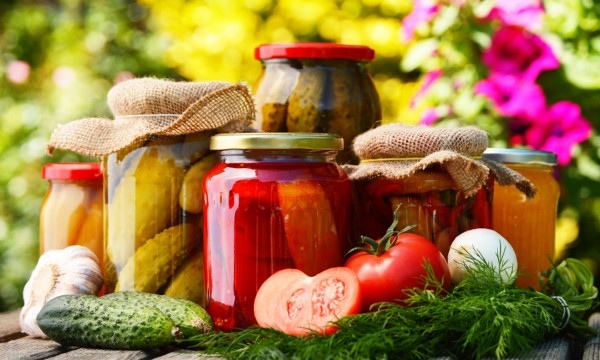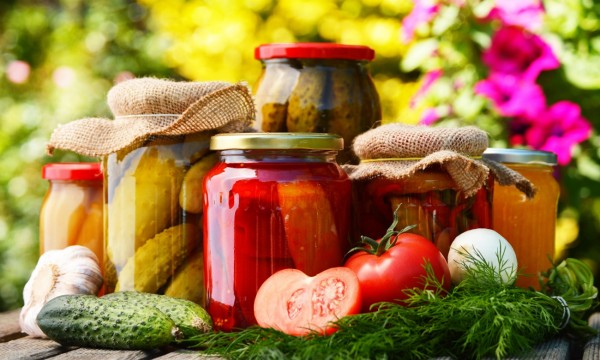

Introduction
Food preservation includes food processing practices which prevent the growth of microorganisms (such as yeasts), or other microorganisms (although some methods work by introducing benign bacteria or fungi to the food), and slow the oxidation of fats that cause rancidity. Food preservation may also include processes that inhibit visual deterioration, such as the enzymatic browning reaction in apples after they are cut during food preparation. By preserving food, human communities are able to increase their food security through food storage and reduce food waste, thus increasing the resilience of local food systems and reducing their environmental impact of food production.
Many processes designed to preserve food involve more than one food preservation method. Preserving fruit by turning it into jam, for example, involves boiling (to reduce the fruit's moisture content and to kill bacteria, etc.), sugaring (to prevent their re-growth) and sealing within an airtight jar (to prevent recontamination).
Different food preservation methods have different impacts on the quality of the food and food systems. Some traditional methods of preserving food have been shown to have a lower energy input and carbon footprint compared to modern methods. Some methods of food preservation are known to create carcinogens.
Rationale
This course will help to develop NFE students regarding the gap of food preservation technology and solving in respect to industrial food products.
Objectives
The specific objectives of the course are:-
1. to learn the basics of Food Preservation techniques
2. to enhance knowledge on food processing techniques
3. to gather knowledge on food packaging
- Teacher: Md. Rakibul Hasan
